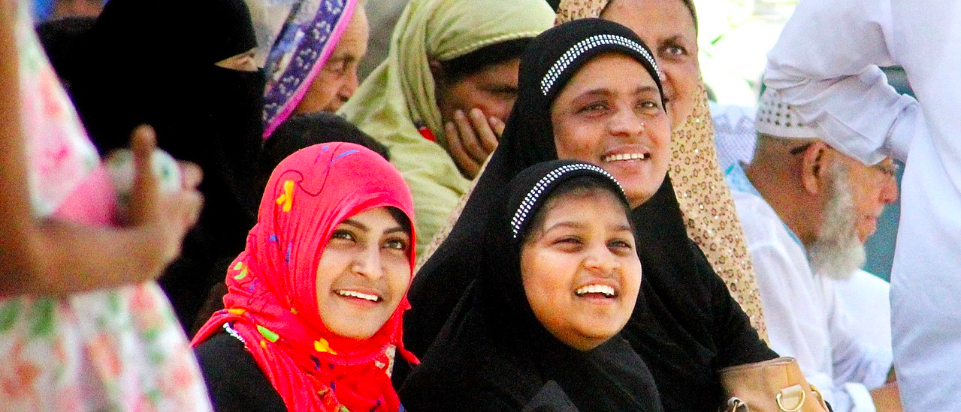
Photo by Wikimedia Commons.
Name of the Asset | Family Planning and Rural Fertility Decline in Iran: A Study in Program Evaluation
Type of Asset | Working Paper
Date | September 2009
Summary
The question of the role of state-provided family planning programs in fertility transition has long interested demographers, economists, and policymakers. This paper presents an evaluation of the impact of Iran’s rural family planning program – launched in response to the revolutionary government’s pro-natal policies in 1989 – on rural fertility.
This paper identifies the impact of 8,000 health houses – built in stages between 1986 and 1996 – on fertility, by comparing data from villages with and without a health house in those years. In this way, the study was able to isolate and quantify the impact of one component of Iran’s program using causal empirical techniques.
Findings showed that while both groups had substantial declines in their child-woman ratios, the program group experienced a faster rate of decline. In fact, results attribute about 7-8 percent of the fertility decline during 1986-96 to health houses. The paper also discusses other aspects of Iran’s family planning program.
Authors:
- M. Jalal Abbasi-Shavazi, Department of Demography University of Tehran
- Meimanat Hosseini-Chavoshi, Ministry of Health and Medical Education Iran
- Djavad Salehi-Isfahani, Department of Economics Virginia Tech
Country and/or Region | Iran
Name of the Program | GDN’s Global Research Project on ‘Promoting Innovative Programs from the Developing World: Towards Realizing the Health MDGs in Africa and Asia'
Funder(s) | The Bill & Melinda Gates Foundation, United States
Download the Full Study here
If you cite this resource, please notify communications@gdn.int with the subject line 'GDN citation'.





